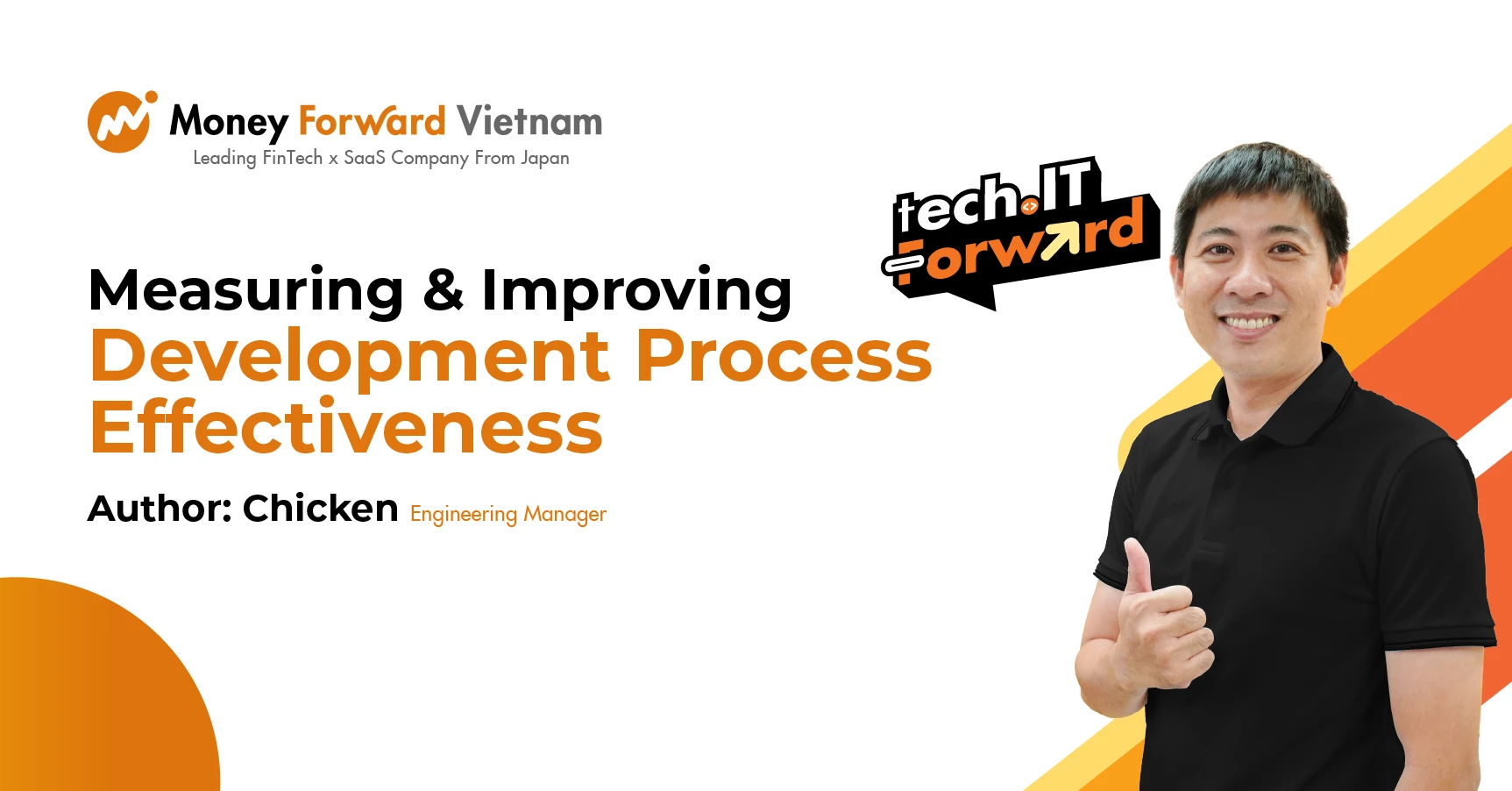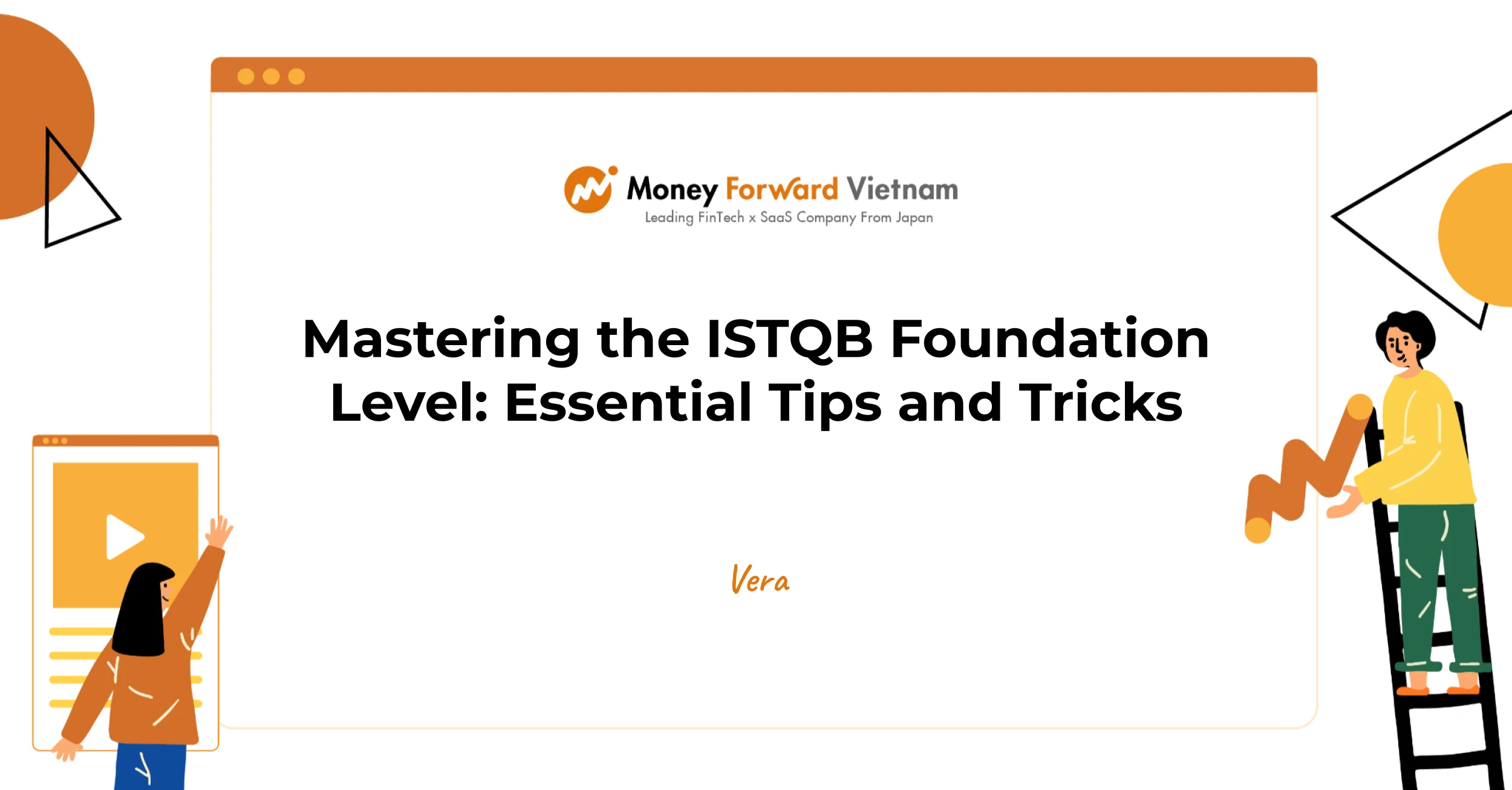

Mastering the ISTQB Foundation Level: Essential Tips and Tricks

- 1. Understand the Exam Structure
- 2. Get to Know the Syllabus
- 3. Use Official Study Materials
- 4. Study the Testing Principles
- 1. What is the primary objective of software testing?
- 2. What are the main levels of testing in the software development lifecycle?
- 3. What is the difference between functional and non-functional testing?
- 4. What is a test case, and what are its main components?
- 5. What is boundary value analysis, and why is it used?
- 6. Explain the term "defect life cycle" in software testing.
- 7. What is a test plan, and what are its key elements?
- 8. What is risk-based testing, and how is it applied?
- 9. Describe the difference between static and dynamic testing.
- 10. What is exploratory testing, and when should it be used?
1. Understand the Exam Structure
We have 2 ways to get this certificate, we can take online or offline exam
1.1 Offline exam
To conduct the offline exam, it is necessary to organize exam groups, set up an exam venue, and have proctors present...
The exam duration is 90 minutes (with long-answer questions).
The exam fee is 2.945.455 VND
We can register to get the exam by some groups like, we can search it here:
https://www.istqb.org/certifications/find-an-exam-provider
For me, I take the offline exam in QR solutions group
1.2. Online exam
About the way to register and take the exam, you can read this article
The exam duration is 60 mins
1.3. The questions structure
- Questions: 40 multiple-choice questions
- Passing Score: 65% (27 out of 40 correct answers)
- Question Types: Mostly multiple-choice with a few scenario-based questions.
The exam structure is divided into 4 levels as follows:
- K1: 20 questions on Remember
- K2: 12 questions on Understand
- K3: 8 questions on Apply
- K4: 8 questions on Analyze
Understanding the exam structure will help you manage your time effectively during the test.
2. Get to Know the Syllabus
The ISTQB FL syllabus outlines the topics covered in the exam. It’s crucial to:
- Download the Syllabus: Obtain the latest ISTQB Foundation Level syllabus from the official ISTQB website or your local testing authority.
- Focus on Key Areas: The main topics include Software Testing Fundamentals, Testing Throughout the Software Life Cycle, Static Testing Techniques, Test Design Techniques, and Test Management.
Link to download the syllabus: https://www.istqb.org/certifications/certified-tester-foundation-level
Sample example: https://www.istqb.org/certifications/certified-tester-foundation-level
3. Use Official Study Materials
- ISTQB Foundation Level Study Guide: Invest in a study guide specifically tailored to the ISTQB FL. These guides often include detailed explanations, sample questions, and exam tips.
- Practice Exams: Utilize practice exams and sample questions to familiarize yourself with the format and question style. Many online platforms offer practice tests that mimic the real exam conditions.
- We can search and see many courses, and videos about ISTQBF on Udemy, Youtube and you can watch them and see the explanation about the exam
- For mobile application, you can download the ISTQB Q-Boost app to your mobile and study and practice it by each chapter of the book, also you can take sample exams and practice it on this app
- You should answer and get more than 80% correct answers when you practice it at your home before you get a real exam.
- Important: You will encounter many difficult definitions or terms when reading the Syllabus books. The Glossary will help you by explaining them. Additionally, can also help improve your exam score, as there will be some questions on definitions and explanations of terms in the exam.
4. Study the Testing Principles
Grasp the fundamental principles of software testing, including:
- Testing Objectives: Understand why testing is important and what objectives it aims to achieve.
- Testing Levels: Learn the different levels of testing, such as unit testing, integration testing, system testing, and acceptance testing.
- Testing Types: Familiarize yourself with various testing types, including functional and non-functional testing, and their specific purposes.
This is some summary about the knowledge that you need to focus and study before you take the exam:
1. What is the primary objective of software testing?
Answer: The primary objective of software testing is to ensure that the software meets its requirements and is free of defects. Testing aims to identify defects or issues before the software is delivered to the end user, thereby improving the quality and reliability of the software product.
2. What are the main levels of testing in the software development lifecycle?
Answer: The main levels of testing in the software development lifecycle are:
- Unit Testing: Focuses on individual components or modules of the software to ensure they function correctly.
- Integration Testing: Checks the interactions between integrated components or systems to ensure they work together as expected.
- System Testing: Validates the entire system against the specified requirements to ensure it behaves as expected.
- Acceptance Testing: Determines whether the software meets the business requirements and is ready for delivery to the end user.
3. What is the difference between functional and non-functional testing?
Answer:
- Functional Testing: Evaluate the software’s functionality against the requirements. It focuses on what the system does, such as verifying features, interfaces, and interactions.
- Non-Functional Testing: Assesses aspects of the software that are not related to specific functions, such as performance, usability, reliability, and security. It focuses on how the system performs under certain conditions.
4. What is a test case, and what are its main components?
Answer: A test case is a set of conditions or variables under which a tester determines whether a system or part of a system is working correctly. The main components of a test case include:
- Test Case ID: A unique identifier for the test case.
- Test Description: A brief explanation of what the test case will validate.
- Preconditions: Any conditions that must be met before executing the test case.
- Test Steps: Detailed steps to execute the test case.
- Expected Result: The anticipated outcome if the system behaves as expected.
- Actual Result: The actual outcome is observed when the test case is executed.
- Status: The result of the test case, typically "Pass" or "Fail."
5. What is boundary value analysis, and why is it used?
Answer: Boundary Value Analysis (BVA) is a testing technique used to identify errors at the boundaries of input values rather than within the ranges. It is based on the idea that errors are more likely to occur at the boundaries of input ranges. BVA is used because it helps ensure that the software handles edge cases correctly and can help identify defects that may not be discovered by other testing techniques.
6. Explain the term "defect life cycle" in software testing.
Answer: The defect life cycle refers to the stages a defect goes through from its discovery to its resolution. The common stages include:
- New: The defect has been reported but has not yet been analyzed.
- Assigned: The defect has been assigned to a developer for fixing.
- In Progress: The defect is being worked on by the developer.
- Fixed: The defect has been fixed and is awaiting verification.
- Retested: The defect fix has been tested to confirm that it is resolved.
- Closed: The defect has been verified and is considered resolved.
- Rejected: The defect is not valid or cannot be reproduced.
7. What is a test plan, and what are its key elements?
Answer: A test plan is a document that outlines the strategy, scope, resources, and schedule for testing activities. It serves as a guide for the testing process. Key elements of a test plan include:
- Test Plan Identifier: A unique ID for the test plan.
- Introduction: An overview of the test plan’s purpose and objectives.
- Scope: The boundaries of the testing activities, including what will and will not be tested.
- Test Objectives: The goals of the testing process.
- Test Approach: The overall testing strategy, including types of testing to be performed.
- Resources: The required personnel, tools, and environments for testing.
- Schedule: Timelines for test activities.
- Test Deliverables: Documents and artifacts to be produced during testing.
- Acceptance Criteria: Criteria for determining whether the software is ready for release.
8. What is risk-based testing, and how is it applied?
Answer: Risk-based testing is a testing approach that prioritizes the testing of features and functionalities based on the risks associated with them. It involves identifying, analyzing, and prioritizing risks to focus testing efforts on areas with the highest risk of failure or impact. This approach ensures that critical areas are tested thoroughly and that testing resources are allocated efficiently.
9. Describe the difference between static and dynamic testing.
Answer:
- Static Testing: Involves evaluating the software without executing it. This includes reviewing source code, documentation, and other artifacts to identify defects or issues. Techniques include code reviews, inspections, and static code analysis.
- Dynamic Testing: Involves executing the software to validate its behavior and identify defects. This includes functional testing, performance testing, and other forms of testing that require running the software to observe its behavior.
10. What is exploratory testing, and when should it be used?
Answer: Exploratory testing is an approach where testers explore the application without predefined test cases or scripts, relying on their experience and intuition. It is used to discover defects that may not be covered by formal test cases or to test areas where requirements are not well-defined. Exploratory testing is often used in conjunction with other testing methods to ensure comprehensive test coverage.
These questions and answers should provide a solid foundation for understanding key concepts and preparing for the ISTQB Foundation Level exam.
By following these tips and tricks, you’ll be well-prepared to tackle the ISTQB Foundation Level exam with confidence. Remember, thorough preparation and a clear understanding of testing principles are key to achieving a successful outcome. Good luck!


Ai Mini Challenge: Crucial Things We Need to Know Before Creating AI Tools

